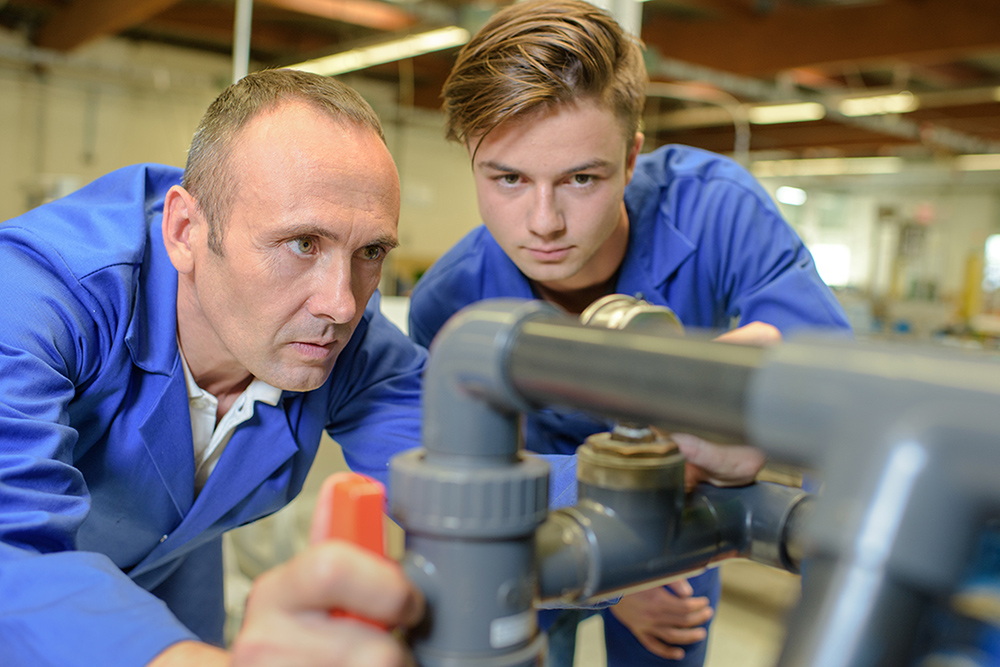7 benefits of doing sewer pipe lining.

Sewer pipe lining is the process of repairing and replacing cracked, damaged, leaking, or backed-up sewer lines. The new seal lining to the walls of old and existing pipes, as well as replacing broken or damaged components, can produce long-term benefits for sewer lines and their surroundings. Read below to know seven of these advantages.
The process of sewer pipe lining involves different steps, which include the following:
The entire procedure uses little to no excavation. Recovery and cleaning in the problematic area use specialized equipment and techniques to prevent damages to nearby gardens, pathways, landscapes, and establishments.
Modern sewer lining techniques, such as trenchless pipe lining, are less destructive than old pipelining operations that require digging large trenches. People who wish to repair their property’s pipeline with reduced risks of damaging or destroying nearby landscapes, should invest in reliable sewer pipe lining equipment for sale.
The epoxy lining involved in the curing of the damaged sewer pipes mold into cracks and gaps. This material creates a seamless pipe within an existing pipe, eliminating potential obstructions, like root intrusions and garbage build-up. Proper sewer lining can also help prevent further leakages.
These solutions provided by sewer pipe lining operations allow property owners to save a significant amount of cash compared to replacing damaged pipes.
Proper sewer pipe lining operations won’t only prevent unnecessary damages to nearby landscapes, but the materials and equipment used in the procedures tend to be environment-friendly For instance, the epoxy resin used to seal cracks and breaks in pipes help prevent chemicals from leaking into drinking water.
Furthermore, repairing sewer lines using the correct techniques won’t harm nearby trees, bushes, and other florae. Thus, these procedures spare the gifts of Mother Nature, so you don’t have to remove and destroy trees to accomplish the repairs of damaged sewer lines.
It should take about a few hours to accomplish the steps involved in sewer pipe lining, so you don’t have to waste an entire afternoon of your rest day for these tasks. Furthermore, it’s possible to maintain or repair the flow of pipes without stopping nearby traffic. Place the equipment at the side of the road as these devices aren’t massive, which would otherwise cause obstructions in nearby traffic.
Water flow to nearby properties continues while doing sewer pipe lining methods. Some methods allow for continuous water flow, making these ideal solutions to avoid service interruptions.
One of the challenges of old sewer pipe lining techniques is the cleanliness in repair jobs. These old procedures use equipment and methods that may harm the property and other surroundings. In turn, these operations result in dirty jobs, which might result in unkempt repair jobs that can lead to the worsening of existing water flow issues.
Today, techniques like trenchless methods require less equipment and fewer work hours. The premise behind using these procedures is to develop long-lasting, non-destructive, and straightforward methods of repairing compromised plumbing systems.
You may even hire professionals to do the sewer pipe lining tasks for you. Experts in this field also wear on-site safety gear to reduce the risks of potential accidents from happening at the job site.
Choose between different sewer lining procedures to repair cracked pipes. These options allow for versatility and flexibility, enabling property owners to choose the best method for their specific needs..
The said techniques include:
Beginners in sewer pipe lining should consider seeking the help of professionals to avoid mistakes and accidents on site. Let an expert in the field handle the work to provide higher-than-average chances of accomplishing the task without fail.
Sewer pipe lining presents different benefits to property owners. These advantages include clean repairs, minimal property damage, and securing trees within the area. Choose a reliable pipe lining company to help you if you think that this particular job is too much to handle by yourself.
 Randall Kenedy
Randall Kenedy
Randall Kenedy has years of experience in the manufacturing industry and is now offering his service as a business consultant. Most of Randall’s clients are small to medium businesses that want to dive into the manufacturing industry.
In this episode, I sat down with Beejan Giga, Director | Partner and Caleb Emerson, Senior Results Manager at Carpedia International. We discussed the insights behind their recent Industry Today article, “Thinking Three Moves Ahead” and together we explored how manufacturers can plan more strategically, align with their suppliers, and build the operational discipline needed to support intentional, sustainable growth. It was a conversation packed with practical perspectives on navigating a fast-changing industry landscape.